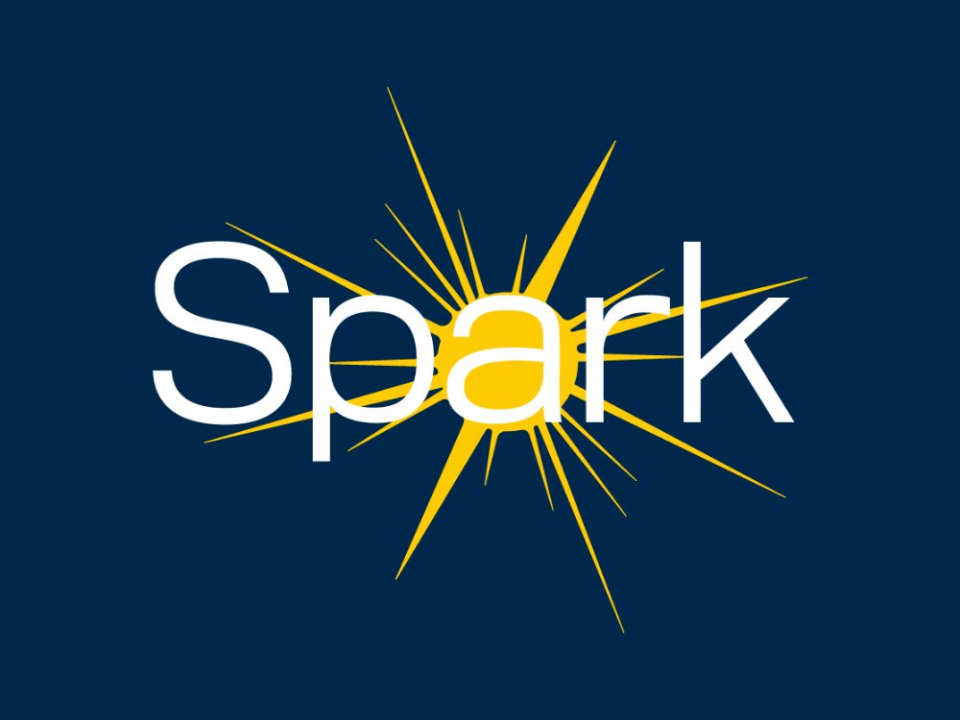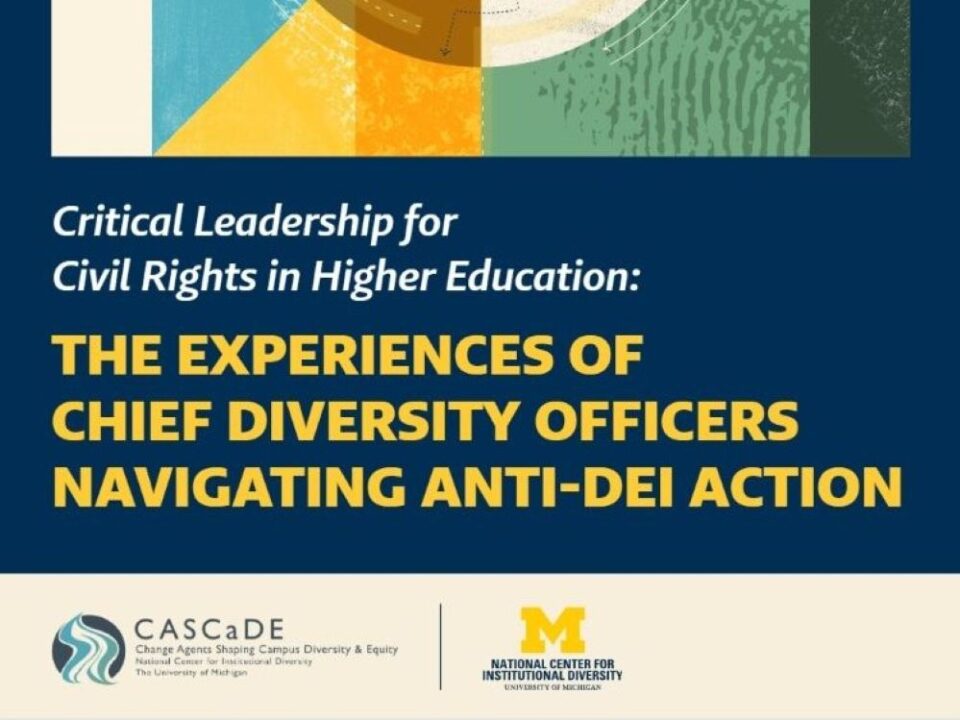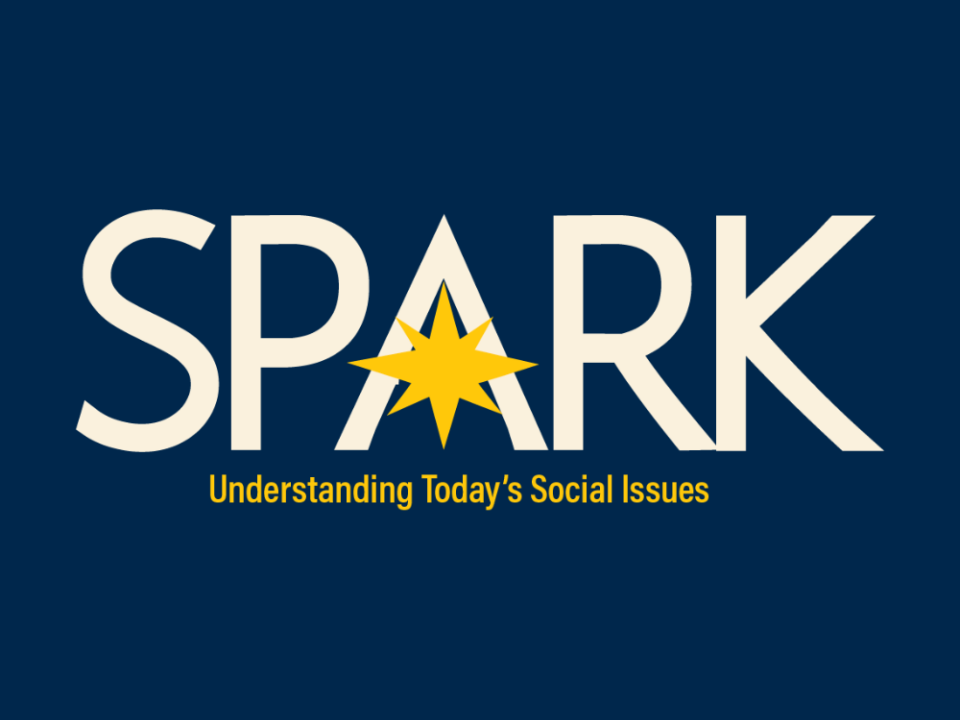- About
- News
- Events
- Initiatives
- Anti-Racism Collaborative
- Change Agents Shaping Campus Diversity and Equity (CASCaDE)
- Diversity Scholars Network
- Inclusive History Project
- James S. Jackson Distinguished Career Award for Diversity Scholarship
- LSA Collegiate Fellowship Program
- University Diversity & Social Transformation Professorship
- Publications & Resources
- About
- News
- Events
- Initiatives
- Anti-Racism Collaborative
- Change Agents Shaping Campus Diversity and Equity (CASCaDE)
- Diversity Scholars Network
- Inclusive History Project
- James S. Jackson Distinguished Career Award for Diversity Scholarship
- LSA Collegiate Fellowship Program
- University Diversity & Social Transformation Professorship
- Publications & Resources

LSA names eight LSA Collegiate Fellows in fifth cohort
October 4, 2022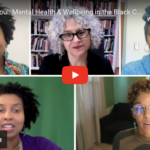
Mind and Soul: Mental Health & Wellbeing in the Black Community
October 20, 2022“Living an LGBTQIA2+ Life: Enacting Health Justice for a Flourishing Future”
A new Spark series, curated by Andrés Cordero, Jr. (he/they), Dr. B. Ethan Coston (they/them), Deandra Escañuela (she/her/ella), and Natalie Malone (she/her
I won’t lie to you: it’s a scary time to be “out” lesbian, gay, bisexual, transgender, queer, intersex, asexual, two-spirit, and otherwise not heterosexual, not cisgender (LGBTQIA2+) scholars and teachers. Every day, we are reminded that we are under attack. From the personal — Campus Reform was recently in touch with me [Coston] about my research — to the sociolegal — state after state stripping away our right to access comprehensive health care — we often wake up wondering “what’s next.”
Indeed, there has been a resurgence of (or, perhaps, reinvigorated commitment to) state surveillance, carceral control, and racialized violence in the U.S. over the past few years. In the wake of the reversal of Roe v. Wade (1973), Justice Clarence Thomas argued, in a concurring opinion, that the court should also reconsider previous rulings on contraception (Griswald v. Connecticut), same-sex marriage (Obergefell v. Hodges), and the full expression of human sexuality (Lawrence v. Texas). But even before this, there were attacks on transgender affirming health care, expanding criminalization of sex work (FOSTA/SESTA, SISEA), a weakening of general health care protections, and other acts of civil and human rights violations, censorship, and suppression in the U.S. A sustained moral panic also frames LGBTQIA2+ (lesbian, gay, bisexual, transgender, queer, intersex, asexual, two-spirit, and otherwise not-heterosexual, not-cisgender) people and sexual and gender minoritized (SGM) individuals (such as those who are kinky and/or non-monogamous) as morally corrupt and capable of corrupting (“infecting”) others, and as secretly (or not so secretly) sexually violent and/or pedophilic monsters.
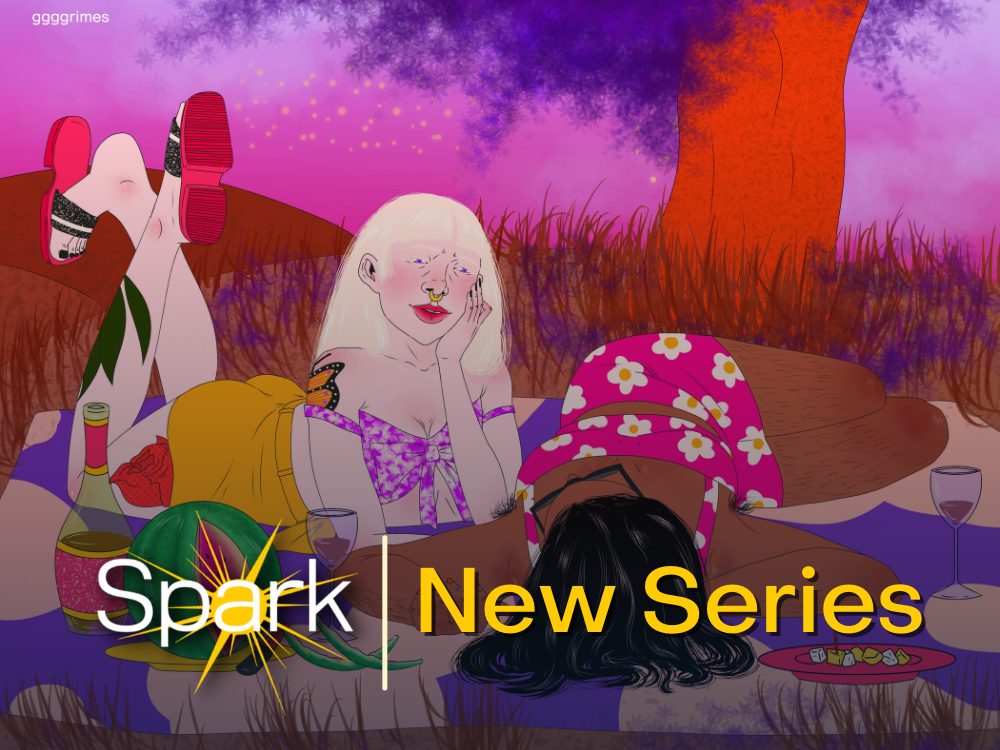
The results of this violence — along with legal barriers to equitable health care and social discrimination in employment, housing, and general life — are evident in the widespread health disparities that LGBTQIA2+ people in the U.S. experience. Drawing from a health justice framework, this Spark series is, in many ways, a love letter to LGBTQIA2+ people and all those who are queer, kinky, non-monogamous, or living outside, in between, and/or beyond the social and cultural norms for gender and sexuality. Those of us deeply embedded, personally and politically, in LGBTQIA2+ life know there is so much more to queer and trans life than suffering and death. We are individuals, families, and communities constantly resisting the forces of oppression attempting to contain and eradicate us. We are artists, bus drivers, and news reporters; we stock your grocery store shelves, care for your loved ones in palliative care facilities, and walk your dogs. We are everywhere, all of the time, building lives and relationships that are generative, nurturing, and healing. We are, in many instances, thriving despite it all (sometimes specifically to spite it all).
Yes, it is a scary time to be “out” — that is, visible, vocal, and often unapologetic about our identities and lives — LGBTQIA2+ teacher-scholars. But, it is also a beautiful and empowering time. There are popular songs written and sung by and for gay, bisexual, and queer people. There are television and streaming shows that regularly feature queer and trans youth (animated and live action). There’s even a new feature-length film — the first produced by a major motion picture studio — that’s a romantic comedy about two gay men, written by and starring openly gay men. Celebrities are publicly using gender-neutral pronouns. Fashion brands are producing gender-neutral clothing lines and LGBTQIA2+ people are the faces of luxury brands for the masses.. Sure, there are valid critiques of all of this symbolic representation; the main one being that it maybe doesn’t, certainly hasn’t yet, altered the state of our material and lived conditions. But, the existence of all of this beauty, joy, pleasure, community, and love, certainly feels good to see and experience.
This Spark series highlights the complexities of our lived realities and material conditions by highlighting where, how, when, and in what ways we thrive. In the essays that follow, you will read about the liberatory power of being able to loudly stake claim to Black femmeness, effeminacy, and sissydom vis-a-vis representation in popular culture and music (Green Jr.); the positive and health-promotive aspects of “hooking up” for sexual identity development and self-expression of desires and needs among youth and young adults (Babcock and Snapp); the radical healing potential of BDSM (Bondage, Discipline, Dominance/submission, and Sadomasochism) and kink that occurs through the development of communication, boundary setting, and play (Schaefer and Rider); the increased satisfaction, pleasure, intimacy, and relational happiness that comes from meeting needs, developing intrapersonal skills, and constructing healthy, boundaried non-monogamies (Moors, Flicker, and Vaughan); and how we might creatively queer sex education, by disrupting norms and centering community engagement, to increase knowledge and personal health efficacy (Kramer and Longmire).
For the allies and accomplices in the audience, it is our hope that after you engage with this Series, you will be inspired to center the positive and health promotive aspects of living a LGBTQIA2+ life in your community work, teaching, research, advocacy, service provisions, and/or broader day-to-day interactions. We hope you will joyously share and rely on our skills, strengths, and expertise, rather than only naming our suffering and supposed “deficits.” While resistance to violence, often in the form of community-building and shared action, is a source of power for many of us today, it is not the life most of us desire to live forever. There is a future in which we don’t have to fight quite so tirelessly for our right to exist. Ultimately, we hope that you will share these stories with those around you, starting new conversations about how to better support and resource us during these terrifying times. Then, together, we can chart a path toward a new world, one in which we can all simply live.


